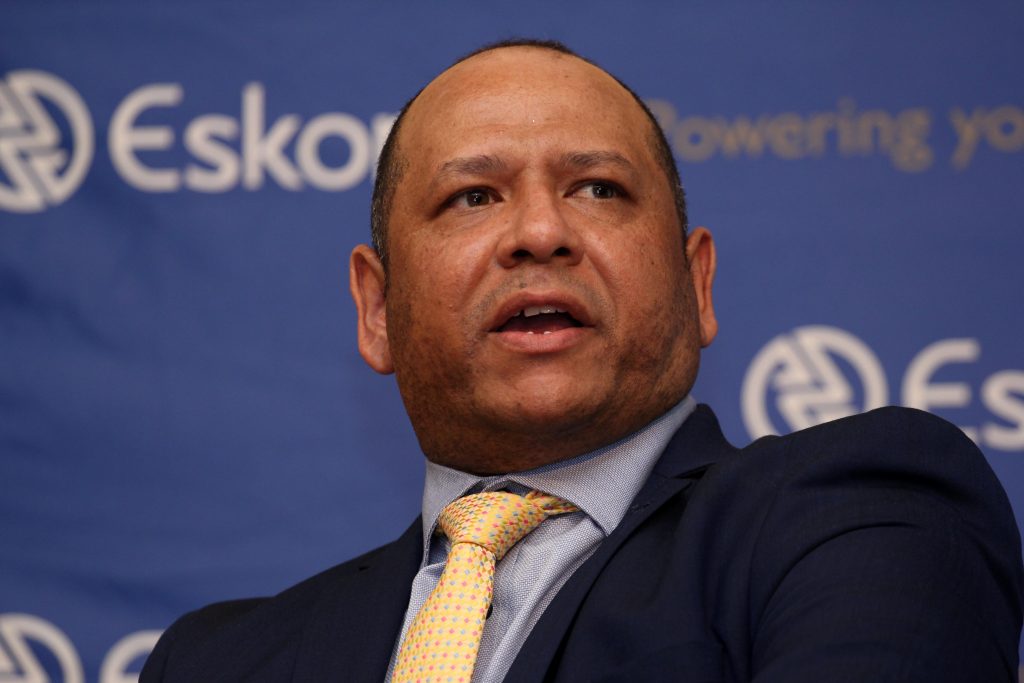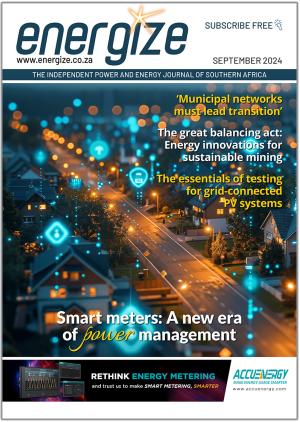Calib Cassim, Eskom’s interim CEO, says that the power utility will immediately make more grid connection capacity available to independent power producers. This will be done through a process of curtailment, he says, and will add extra power to the grid, reducing the need for load shedding even further.

Cassim’s comments follow a recent presentation to the Green Energy Africa Summit by Segomoco Scheppers, the managing director of the power utility’s transmission division. In his presentation, Scheppers explained that the use of curtailment could unlock scarce grid capacity in high-potential renewables regions like the Eastern, Western and Northern Cape, and would allow for additional generation capacity to be built at points on the grid that had previously been fully committed.
Read more on this topic here
According to Cassim, Eskom will make this an urgent priority. Concurrently, the utility is in talks with stakeholders regarding how to fund the expansion of the transmission network.
The interim CEO added that the power utility is planning a large-scale investment in its transmission network, but since it will take a long time to expand the grid, and since additional power is already available from renewable energy IPPs, the existing grid strategy must be amended to make that power available to drive the economy and create jobs.
Cassim says the cost associated with the new strategy would be “a relatively small number” and that it would be unwise to wait for a perfect solution to appear.
This follows a report from two independent, European transmission system operators which, following their assessment of Eskom’s transmission network, says that the amount of power allowed onto the existing grid could be doubled, with a maximum of 10% curtailment where necessary.
According to that report, 4 GW could be added to the grid immediately, reducing the need for up to Stage 4 load shedding.
Both Eskom and the IPP Office have confirmed previously that they were assessing a new approach to curtailment to allow for additional generation capacity to be built at points on the grid that had previously been shown as fully committed.
It’s a pity that this decision has taken so long. Had the decision been made prior to the sixth bidding round of the REIPPPP, an additional 3,2 GW of new power could have added to the grid. Regrettably this was not possible because of Eskom’s claim that the grid would not have been able to support the extra power at the places where it was to have been generated.
It is hoped that by the next REIPPPP round, this restriction would have been lifted and no further stumbling blocks would be placed before private sector power generation in South Africa.















